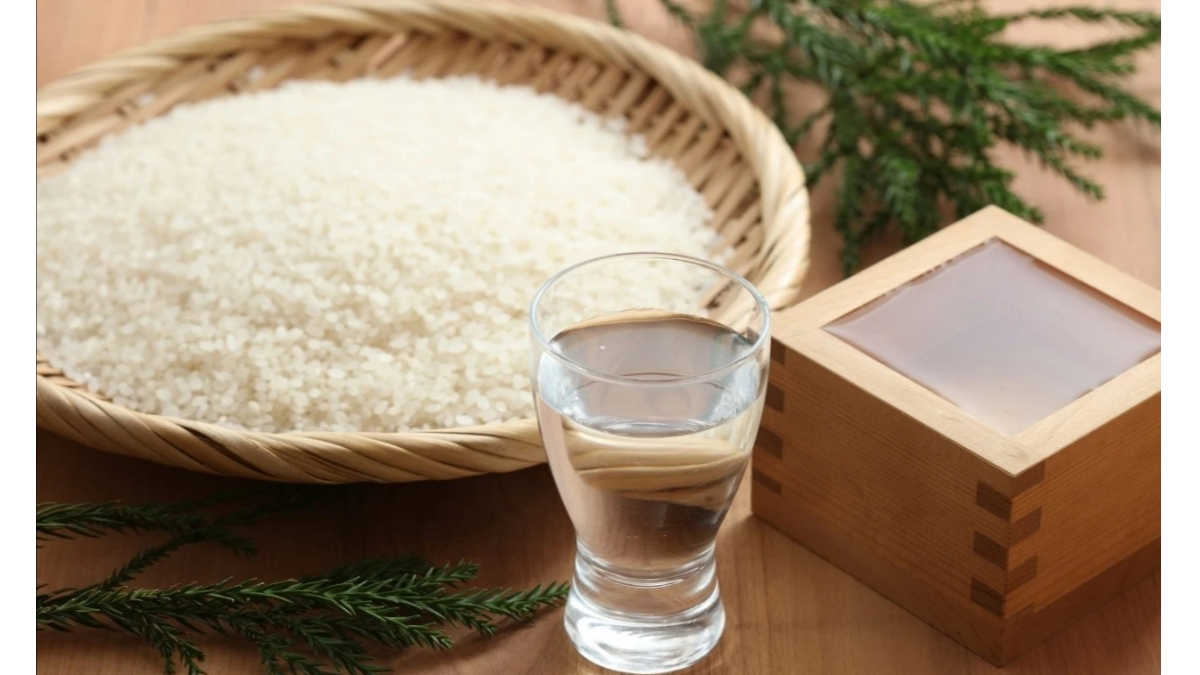
20211020
<Arts Talk>Introduction to Sake

Japanese sake is a Japanese national sake developed based on the brewing method of Chinese rice wine. It uses rice, rice koji and water as the raw materials to produce pure rice wine and this brewing system. Junmaishu is the sake brewed purely from rice, and brewing alcohol is added to these ingredients to produce Ginshu, Honshu, and ordinary sake.
The fermentation process of Japanese sake is complicated and labour intensive. In the winery, the rice is washed, steamed, and cooled. The rice is then spread on a wooden table, and the starch is broken down into fermentable sugar by adding Aspergillus. The brewer controls the brewing liquor through a series of mechanisms such as raw materials, temperature and humidity, and its flavour is largely influenced by the brewer's technology. In addition, the quality of the water used determines the flavour of Japanese sake to a large extent.
The most important factor that determines the specific name of Japanese sake is determined by two dimensions: the step of polished rice and the choice of raw materials. Ordinary edible rice accounts for about 95% of the production, and sake rice for winemaking accounts for about 5%, of which 1% is called Shuzo-Kotekimai, which is also called high-quality sake rice.
Rice polishing rate means the degree of the rice is polished. The surface layer of the rice contains a lot of protein. When protein enters the wine, it will produce extra flavour. In order to make the brewed wine without odour, it is necessary to ground off the surface of the rice, just using the remaining core to make wine. The ratio of grinding away is expressed as "rice polishing rate". For example, if 40% is removed, the polished rice rate will be 60%. Generally speaking, the smaller the "rice polishing rate", the lighter the taste, with more flavour in it.
Ginjo brewing requires the use of the "Ginjo brewing method". This is a method that uses low-temperature fermentation. When the temperature is lowered, the speed of microbial fermentation will also slow down, but the sake brewed in this way will have a delicate fruity aroma called "Ginjo incense."
When buying sake, the freshness of the date is the key, and most of the sake on the market cannot be aged. Although the general shelf life of sake is stated as about 5 years, no matter how carefully it is stored, the aroma will slowly dissipate over time.
Lydia Zhao POINT PLUME

Extended Reading
<Markets Analysis>U.S. Treasury Yields Remain High, Caution Needed at USD105
BY Group Branding and Promotion FROM Hantec Group
"Yangzhou Impression" New Book Conference (Hangzhou Station)
BY Group Branding and Promotion FROM Hantec Group
《錦繡河山》鄧予立攝影展澳門站
BY Holly Wong FROM Hantec Group
Unit 4614, 46/F, COSCO Tower, 183 Queen’s Road Central, Hong Kong
(852) 2214 4288
06A, Building 5, Lecheng International, No.76, South 2 Road, Baiziwan, Chaoyang District, Beijing
(86) 10 8515 1011
1276, 1st Floor, Govant Building, Kumul Highway, Port Vila, Republic of Vanuatu
(852) 2214 4183